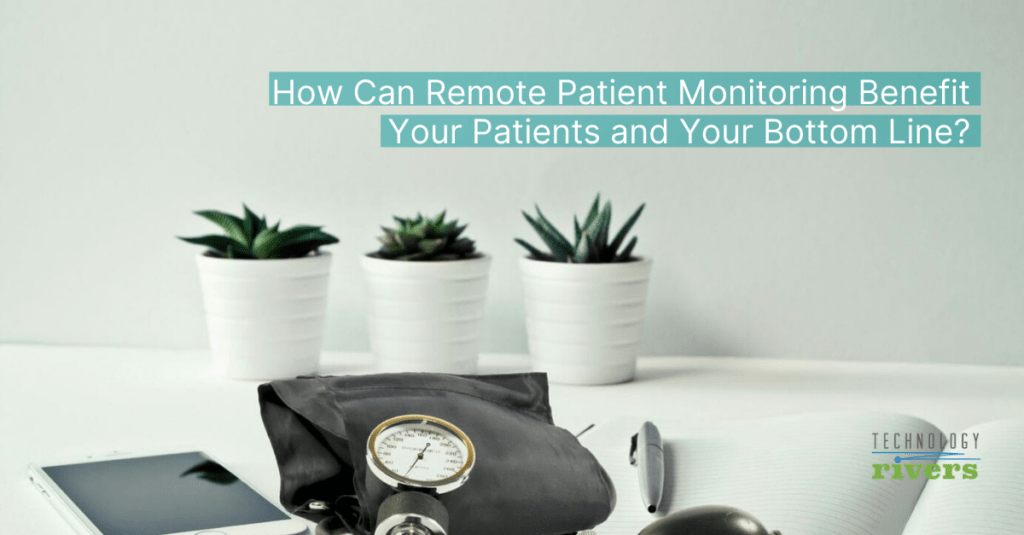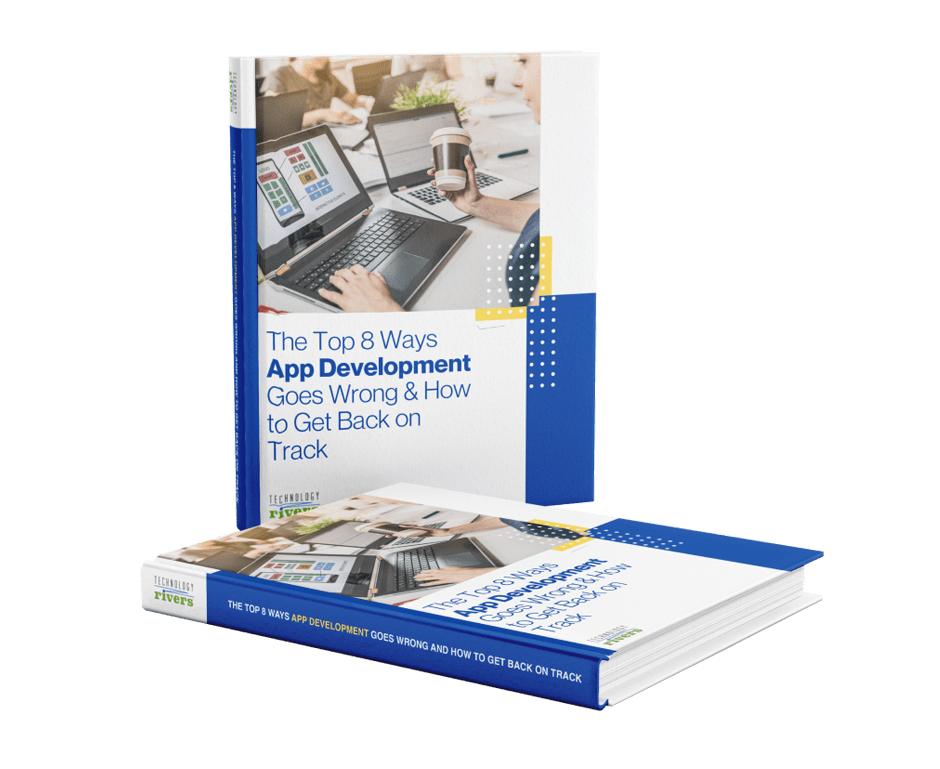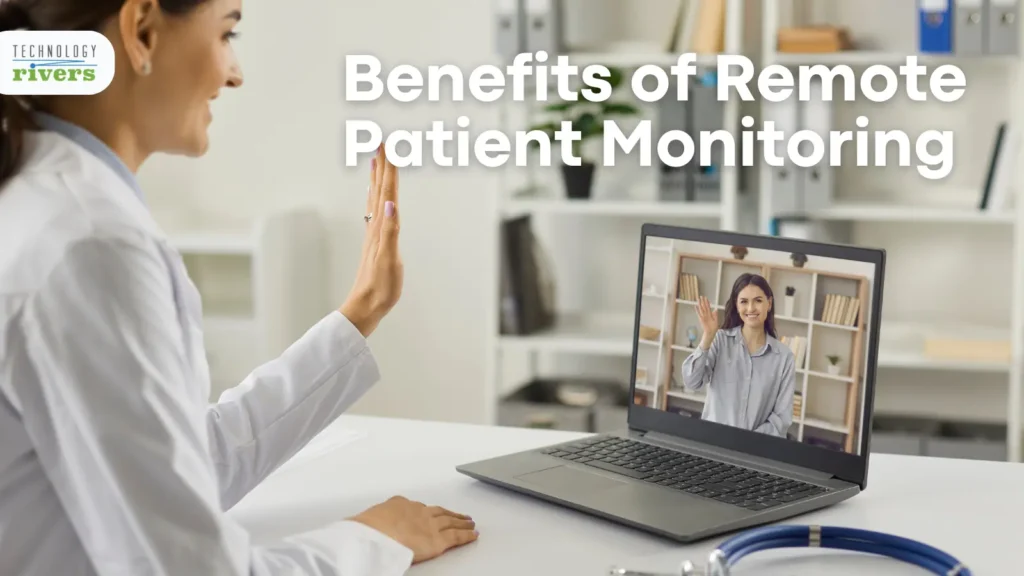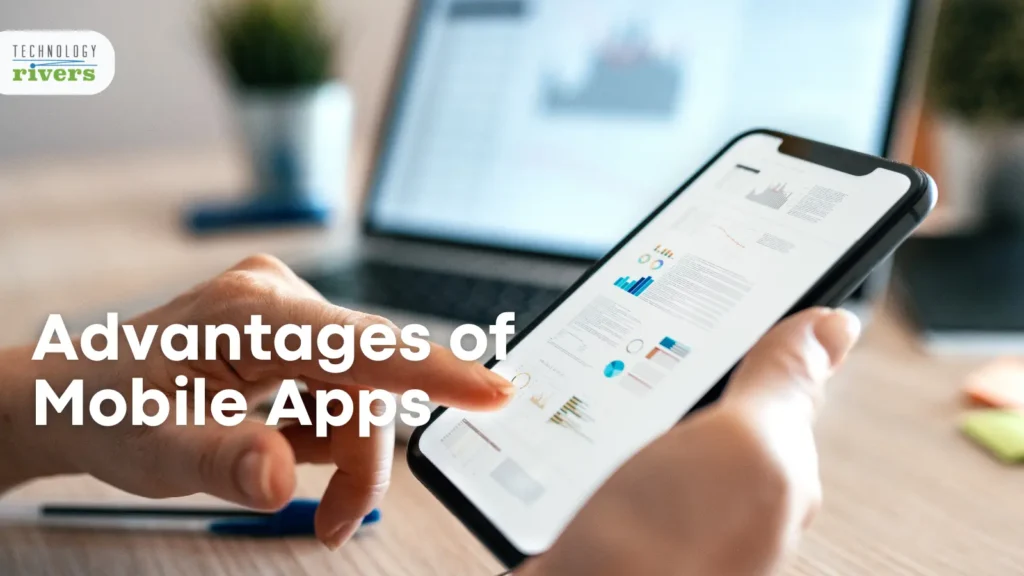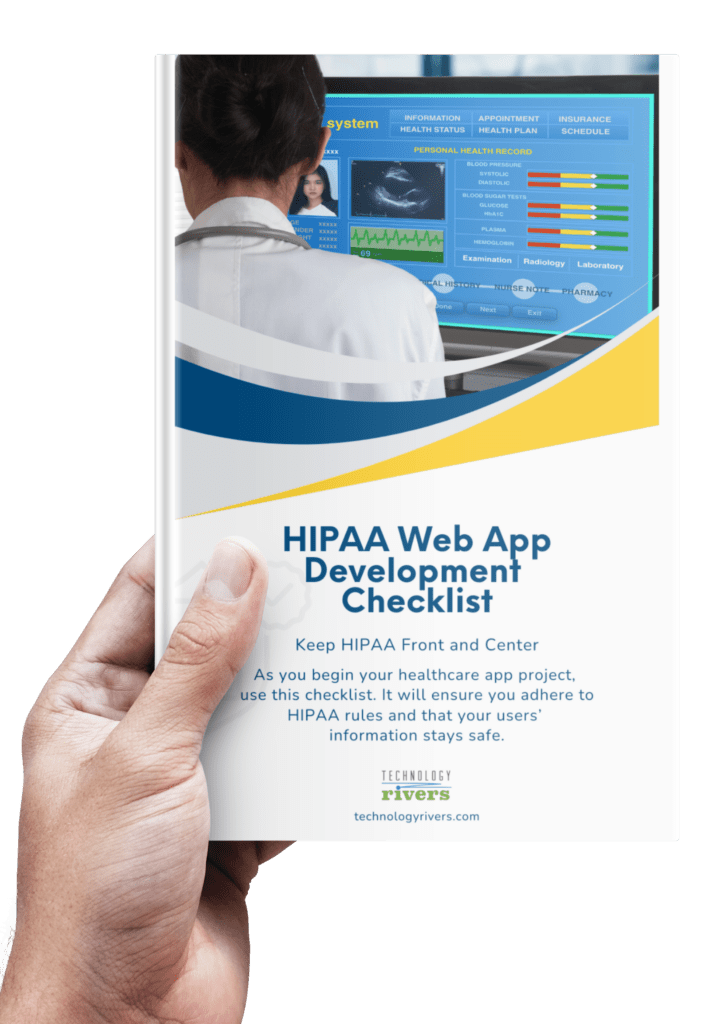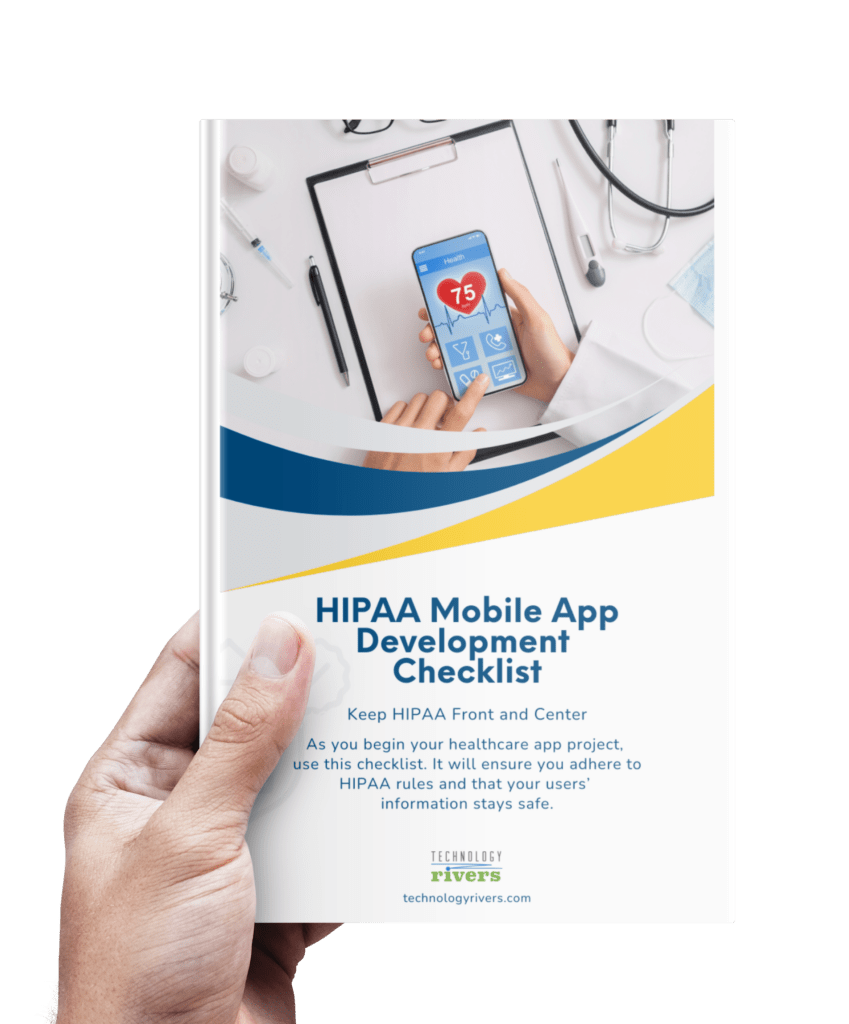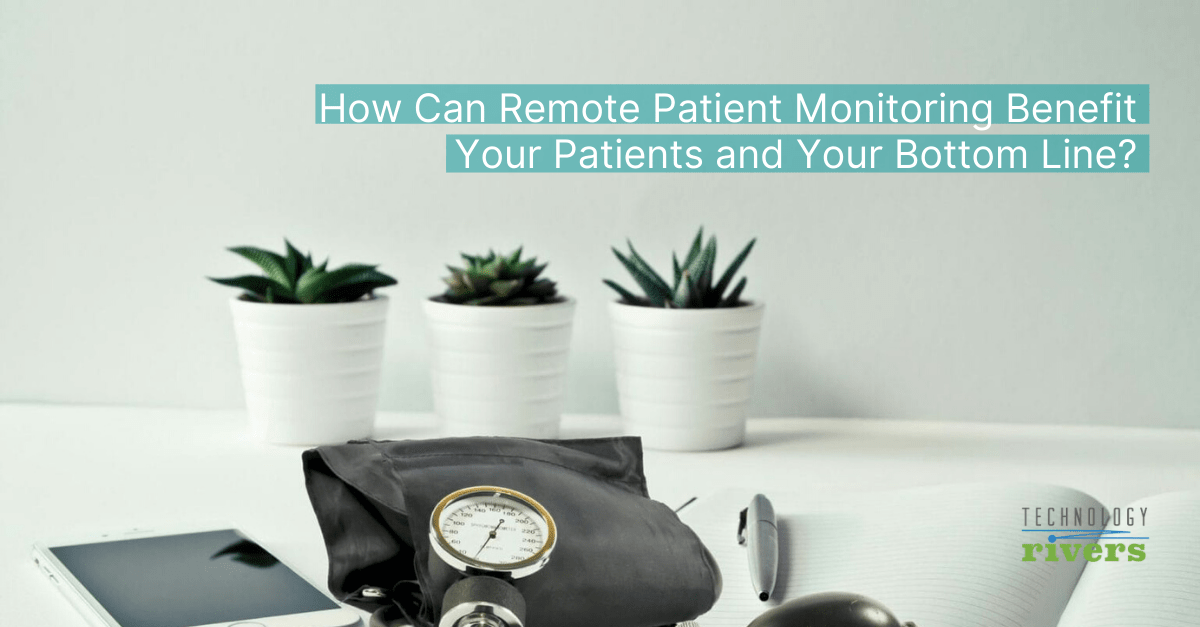 Blogs » How Can Remote Patient Monitoring Benefit Your Patients and Your Bottom Line?
Blogs » How Can Remote Patient Monitoring Benefit Your Patients and Your Bottom Line?
Before COVID-19 was even a thing, 2020 was poised to be a banner year for remote patient monitoring. Recent changes to insurance reimbursement rules regarding telehealth and remote monitoring had a massive impact.
A growing number of physicians began looking at how they could provide remote services to their patients now that these services would be reimbursable.
Once COVID-19 emerged, the momentum behind remote patient monitoring and other telehealth options became even stronger. Hospitals see telemedicine as a way to treat patients while keeping more beds available for those with coronavirus. Remote patient monitoring has also been used as a way to carefully oversee COVID-19 patients whose symptoms don’t require hospitalization.
But with so many providers and patients in favor of telehealth options, why has it taken this long for it to be implemented?
Without third-party reimbursement to drive adoption, practitioners didn’t see how telemedicine could be financially viable. Recent changes made by the Centers for Medicare and Medicaid Services (CMS) and several state legislatures have increased Remote Patient Monitoring and other telehealth reimbursements significantly.
In response, its use has risen remarkably, and combined with the current pandemic situation, it is poised to become an essential part of healthcare for the majority of providers.
Benefits of Remote Patient Monitoring
There are several benefits to both providers and patients when Remote Patient Monitoring is included as part of patient care.
- Fewer hospital readmissions and emergency department visits. Remote Patient Monitoring results in more immediate care. Potential problems are detected and can be remedied before they get bad enough to warrant a visit to the emergency room.
- Patients with chronic diseases can be easily monitored around-the-clock. Forty-five percent of the US population has at least one chronic disease. That is more than 133 million individuals. Chronic diseases are responsible for 1.7 million American deaths each year. Remote Patient Monitoring is clinically effective as an early symptom-management tool and as a way to identify if a patient’s condition is deteriorating or becoming life-threatening.
- Patients and providers save money. Cost savings for patients come from fewer travel-related costs and out-of-pocket costs associated with in-person visits as well as less time missed from work. Cost savings for providers come from reduced hospital readmissions, in-person visits, nurse engagements, and emergency room visits.
- Higher patient satisfaction. Individuals taking part in Remote Patient Monitoring (and telehealth in general) report being highly satisfied with their experiences.
- Better care. This is clearly the most important benefit. Early detection of issues made possible through remote patient monitoring results in better health. Patients can be more engaged with their provider, which increases the probability that they will follow health recommendations set by their provider. Furthermore, Remote Patient Monitoring (and telehealth in general) increases access to medical care in underserved areas.
The long list of benefits coupled with continually-improving technology makes Remote Patient Monitoring adoption attractive to a growing number of providers and their patients.
What Data Can Be Tracked?
The remote-monitoring technology used by providers will vary based on the specific needs of their patients. Some monitoring programs use the same data collected by most wearable activity trackers—heart rate, steps, floors, and miles. This is enough for some patients. Besides giving providers the ability to continuously monitor patient heart rate and level of exercise, patients wearing such devices adhere to activity programs at a greater rate when they know their data is being monitored.
Other monitoring devices can measure, record, and transmit additional healthcare data such as weight, blood pressure, and blood-oxygen levels. Many of these data points give physicians the information they need to detect several potential issues. It’s enough to identify shortness of breath, dehydration, an abnormal heart rhythm, fluid retention, early signs of pneumonia, and reactions to medication.
As technology evolves and demand grows from patients and providers, the categories of data that can be monitored from afar will continue to grow. Some diabetic patients already benefit from having their glucose levels remotely monitored. Also, implantable cardioverter-defibrillators and pacemakers can be tracked for patients with heart conditions. The kind of information that can be monitored can only be expected to grow.
Increasing Reimbursements for Providers
Despite its many benefits, Remote Patient Monitoring has struggled to attract providers until the last few years. That is largely because, until recently, there was no third-party reimbursement available. Although each state and each private insurance company has different rules, RPM reimbursements are becoming more common across the board. Rule changes have also made more activities related to RPM eligible for reimbursement.
This overall improvement began in 2018 when the Centers for Medicare and Medicaid Services (CMS) removed restrictions and began reimbursing for Remote Patient Monitoring under a new CPT code. These are the standardized codes used to identify what professional medical services have been provided. Three more codes were added in 2019, and another two in 2020. Each of these changes has made more categories of RPM-related activity reimbursable.
Under the current CMS rules, providers can be reimbursed for remote-monitoring equipment, set-up of equipment, patient education, and ongoing management. Providers have a greater incentive to incorporate Remote Patient Monitoring into their healthcare offerings now that Medicaid and Medicare cover such approaches. More states and private insurers are also providing telemedicine coverage. These changes could truly not have come at a better time.
Importance of Remote Patient Monitoring During COVID-19
Remote Patient Monitoring, as well as telehealth in general, have been heavily-discussed topics of late due to COVID-19. Many of us have had our first telehealth experience while in quarantine. Not only are providers implementing telehealth solutions to their patients right now—some are using RPM to monitor their patients who have tested positive for the virus.
In reaction to the coronavirus and its impacts, the
FDA has allowed for expanded use of devices to remotely monitor patients. While these guidance restrictions will only last during the COVID-19 pandemic, their use will hopefully open the door for increased remote patient monitoring possibilities.
Remote Patient Monitoring during the pandemic has helped to reduce the strain on emergency departments and hospitals. Patients that need observation, but are not so sick as to require round-the-clock care, are able to stay at home. Again, while this is a measure in use to deal with the COVID-19 outbreak, it could be a useful solution in other situations when patients need monitoring but perhaps not a hospital stay.
We know that individuals with chronic diseases are at greater risk for coronavirus. It makes sense to keep these individuals out of hospitals and doctor’s offices where they may come into contact with sick individuals. This isn’t just true during a pandemic, either. Remote Patient Monitoring has a lot to offer in many situations. Perhaps its increased use during this crisis will lead to greater use in the future by a wider range of providers.
Integration of Remote Patient Monitoring into Healthcare Workflow
Much like the
mHealth applications we have written about, remote monitoring will not become a successful part of telemedicine unless it can be easily integrated into the existing electronic medical systems and electronic health systems. Ease of use is critical to the success of remote-monitoring programs, which is why it pays to have experienced developers designing the software surrounding any monitoring device.
The best RPM solutions allow for easy integration with electronic health records, are HIPAA compliant, and make things like time tracking for the purpose of reimbursement as easy as possible. In the US, insurance companies require different billing codes for different activities. Providers must keep track of how much time they spend actively monitoring and reviewing data for patients, for example. What’s more, they have to use one code for their initial 20 minutes, and another code for each 20-minute session thereafter. The best Remote Patient Monitoring software makes time tracking easy for providers, and hence makes reimbursement easier as well.
The Right Software for Your Remote-Monitoring Needs
The number of remote-monitoring devices continues to grow and technology continues to improve. The key to effectively incorporating such technology into your practice is the availability of software applications that collect data from these devices, make it available for review, and integrate with other systems for the purpose of reporting and billing.
As part of our work in healthcare software development,
Technology Rivers has created remote patient monitoring software for two of our customers. This software allows providers to remotely monitor patients’ vitals from cellular-powered devices and fitness data through bluetooth-connected devices. Measurements conducted by the patient, such as blood pressure and weight, become instantly available on the doctor’s dashboard. Patients who miss a measurement automatically receive a text message reminder and providers are notified when patient measurements fall outside of the normal range.
The software also automatically tracks review times and assigns insurance billing codes for device setup, data transmission, and data review. This allows practices to easily generate the reports necessary for billing insurance carriers.
Remote patient monitoring has evolved considerably in just a few years. The more that the software powering RPM can remove barriers, the more adoption will increase. The majority of the remote-monitoring devices being used now rely on Bluetooth technology, but cellular devices are on the rise. Cellular devices reduce the hurdles associated with the patient setup as they are instantly ready to use. As more cellular medical devices become available, more data can be tracked, and more practices will have a reason to adopt Remote Patient Monitoring. A recent survey found that 88 percent of providers have either invested in or are evaluating an investment in Remote Patient Monitoring technologies.
The benefits of remote monitoring for both patients and providers are too great to be ignored. As the coronavirus has shown, remote patient monitoring can go a long way in reducing the strain on our medical facilities as well as protecting high-risk patients. As it becomes more common and more easily reimbursed, Remote Patient Monitoring solutions will increasingly be used to the benefit of all.
Are you interested in learning more about HIPAA / Healthcare application development? Contact Technology Rivers today, and let’s discuss how we can help you in your next healthcare application development.
 Blogs » How Can Remote Patient Monitoring Benefit Your Patients and Your Bottom Line?
Blogs » How Can Remote Patient Monitoring Benefit Your Patients and Your Bottom Line? 

